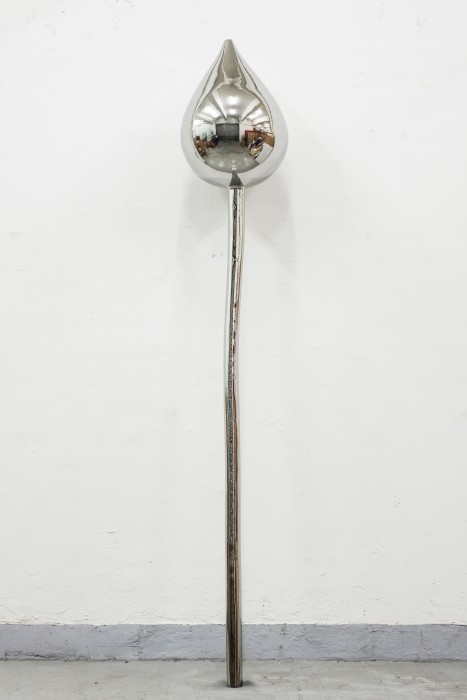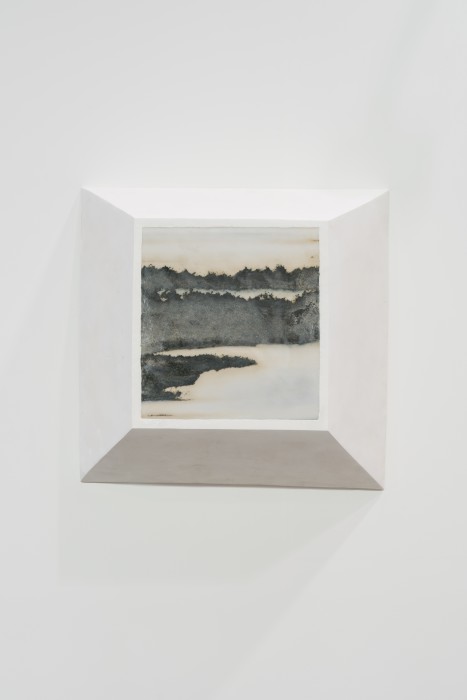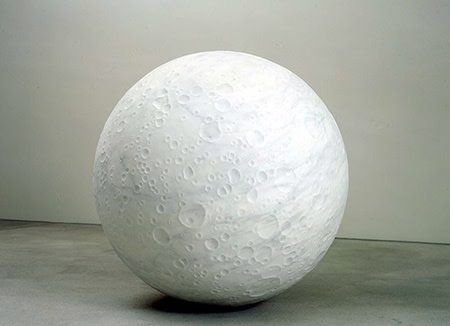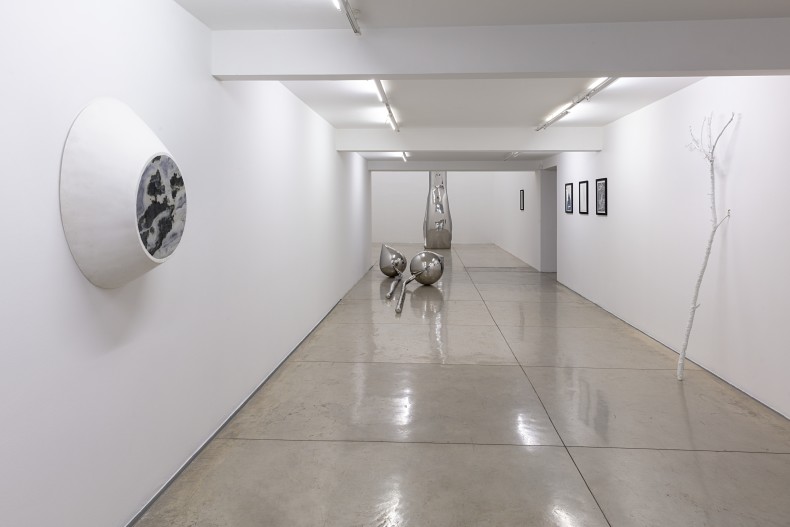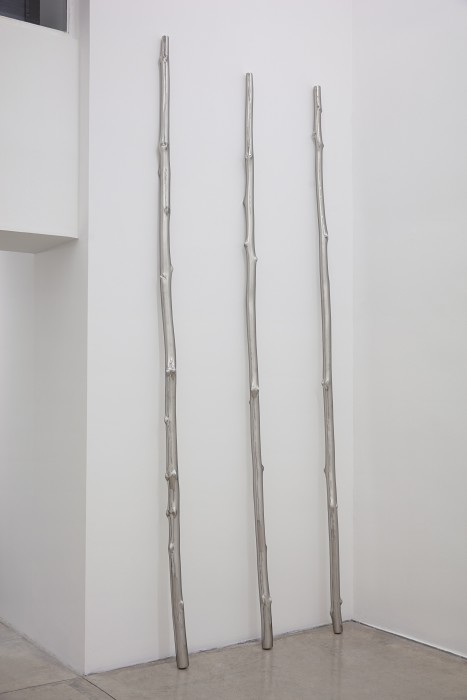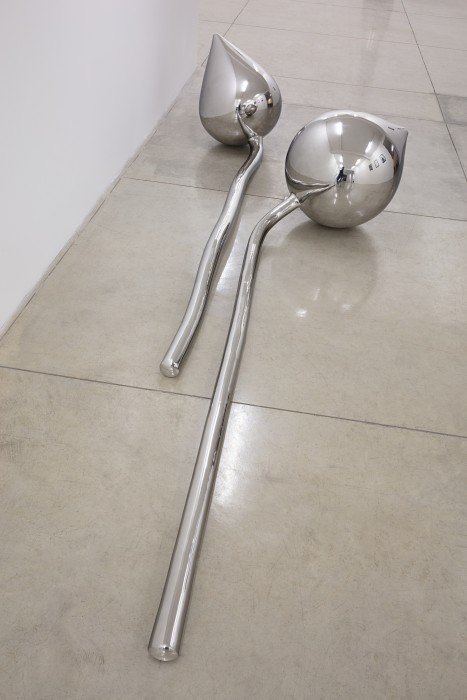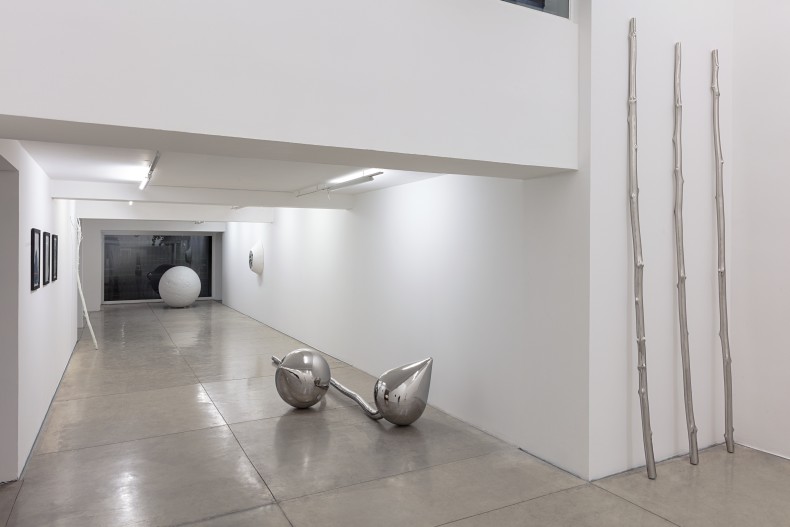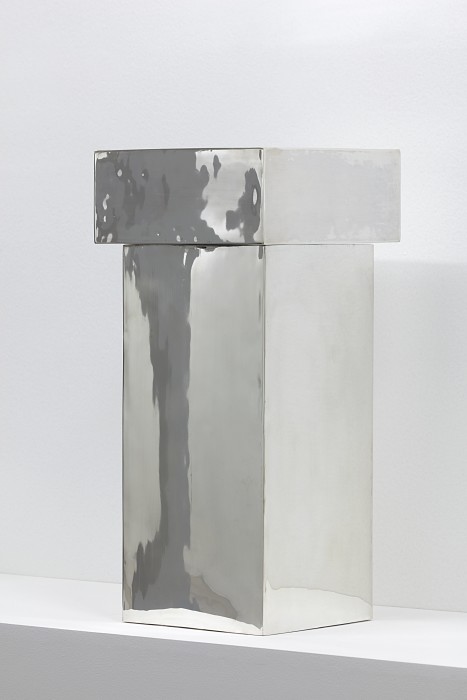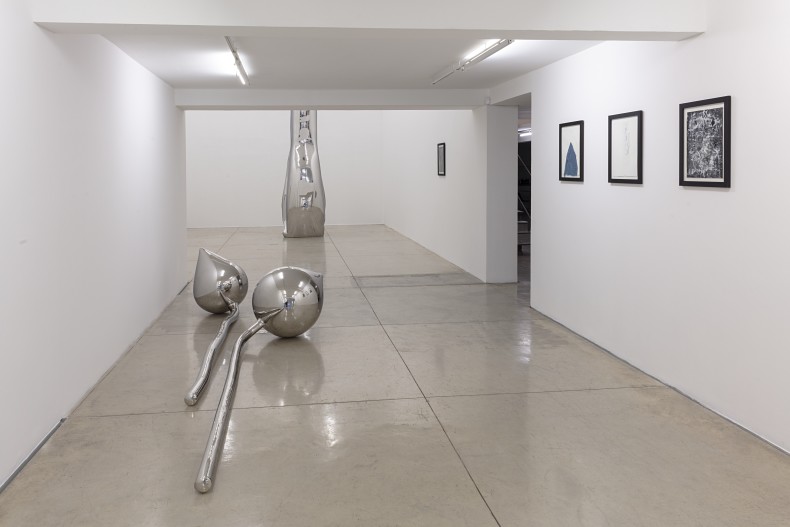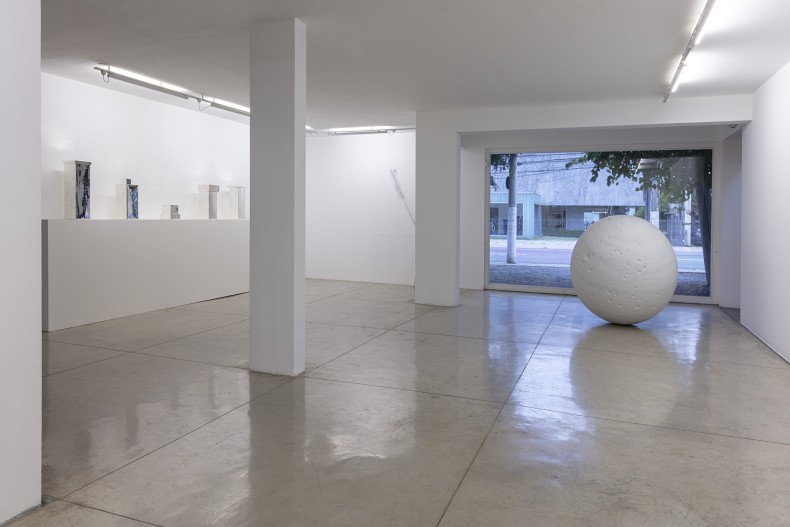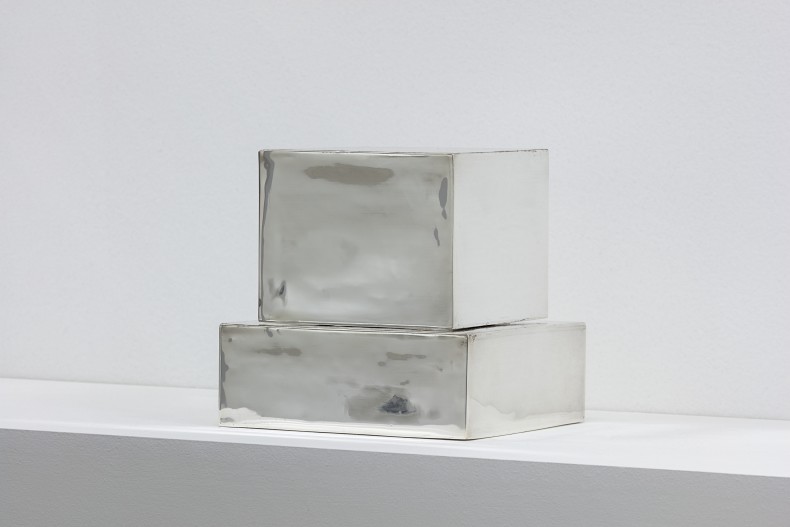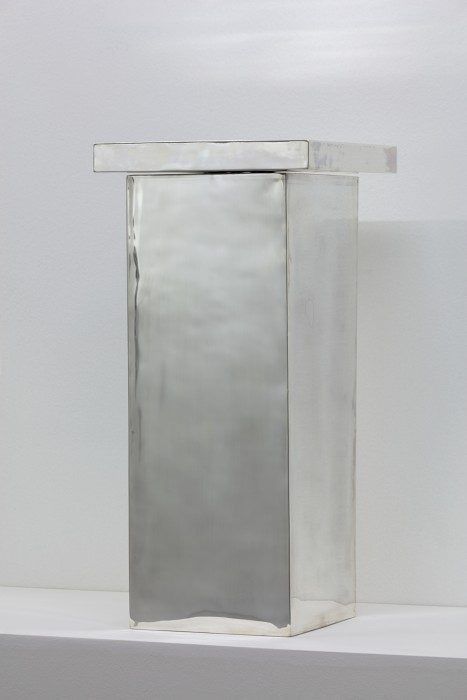The Swiss artist Not Vital is bringing to Galeria Nara Roesler | São Paulo a slice of his vast and renowned production. The sculptures and drawings featured in the show highlight his particular knack for decontextualizing, reconfiguring and relocating cultural symbols and fragments. The various worlds contained in Vital’s work derive from his life experience: he was born in 1948 in Sent, Switzerland; at 18 he moved to Paris; a little later, to Rome; and to New York, in 1976. Since then, he has traveled incessantly to the four corners of the world, having lived and worked periodically in Agadez (Niger), Lucca (Italy), Beijing (China), Patagonia (Chile) and Rio de Janeiro (Brazil).
According to the author of the text that accompanies the exhibition, Giorgia von Albertini, the artworks featured in the show evince the multiple worlds lived by the artist. A representative part of the sculptures was produced in his studio in Beijing, in partnership with skillful artisans, who understand both Vital’s search for the perfect form as well as the importance of the human touch in his work. Unlike most of his large-format sculptures in stainless steel, these works are not molded, but rather made by hand, in a process in which hundreds of small panels of raw steel are hammered, welded together and painstakingly polished. “Born in a symphony of hammer blows, Vital’s sculptures harbor the human touch, yet they simultaneously emanate sort of deep-seated, utopian quietness,” writes Albertini.
One of a series of artworks inspired in the lotus flower, Lotus, 2018, is a version of the installation Let One Hundred Flowers Bloom (2008), consisting of 100 of these flowers, different from one another, arranged lying down. “Presented with closed buds, cut before having had any opportunity to flourish, Vital’s Lotus refer to both, forced stasis and potential vitality.”
The totemic Walking Sticks, 2012, were produced in China, but the shape was found by Vital in a period prior to his travels – while still a child, in Engadin, where he was born. “There, in the high-altitude mountains, children grow up collecting and carving wooden walking sticks, as well as observing the older generation climbing with such,” explains Albertini. Tongue, 2010, is one of the shapes that Vital has been materializing in the most diverse and surprising materials and sizes for decades. It arose for the first time in 1985, soon after the artist had seen a cow’s tongue at a meat shop in Lucca, Italy. He “discerned a pathway for transformation which would enable him to transmute the familiar into the exotic, the organic into the utopian: instead of showing us just the usual tip of the tongue, he displays the whole thing; instead of presenting it horizontally, as it exists in the organic world, he chooses verticality. Just like this, by means of silent alchemy, everything can change,” Albertini considers.
The sculpture Moon, 2017, a large and perfect sphere made of marble, demonstrates the artist’s incessant search for the terrestrial satellite. Fascinated by the moon all his life, Vital went so far as to build a house in the Sahara Desert just to observe it.
“Walking around the moon, and caressing its craters, its shadows, and its quietly animated surface with our eyes, we are left wondering: did Vital bring the moon down to earth, or did he transport us into the universe?” says Albertini.
In Portraits, Vital portrays people near or important to him, another essential concept in his multifaceted work. “Those portraits are always composed of two silver boxes that take their form and volume from the birthdates of those they represent,” the text’s author points out. In this exhibition, there is a portrait of Nara Roesler, a collaborator and friend of Vital, and of Brazilian personalities such as Oscar Niemeyer, Ayrton Senna, Pelé and Caetano Veloso. “The minimalistic, yet soulful silver portraits that portray them have all been made by hand; by Tuareg silversmiths in Niger, with whom Vital has worked for more than 15 years, continuing collaboration even in times of deep political and humanitarian crisis.”
For its part, Saudade [Longing], the series that lends its name to the title of this exhibition, evokes the artist’s appreciation for Brazil, his second home, he declares. For him, Rio de Janeiro has proved to be the best place for him to draw. Vital conceives drawings with what he has at hand, using not only a pencil, but also unorthodox materials such as tape, cotton swabs, silicone adhesives and plastic bags.
“In cadence with Not Vital’s nomadic way of life, his art migrates dreamlike in between foreign imageries and native allegories. By means of fleet-footed alchemy he domesticates the exotic and transforms the local commonplace into surreal-minimalistic visual vocabulary. Identity and transformation, re-location, and de-contextualization have consequently evolved to key concepts within Vital’s oeuvre,” Albertini explains.

